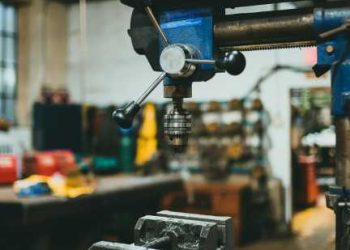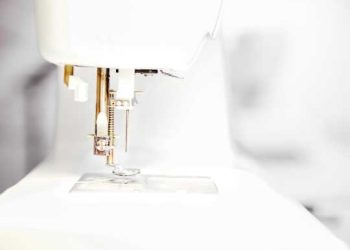Additive Manufacturing: Opportunities and Applications in Different Industries
Additive Manufacturing, also known as 3D printing, has emerged as a revolutionary technology that has the potential to transform various industries. By layering materials to create 3D objects, this process enables the production of complex designs with increased efficiency and precision. With its expanding capabilities, the opportunities for additive manufacturing are endless across numerous sectors.
One industry where additive manufacturing has made significant strides is the healthcare sector. The ability to produce custom-made medical devices and implants using 3D printing has revolutionized patient care. For instance, the production of customized prosthetics has become more accessible and affordable, allowing amputees to regain mobility and improve their quality of life. Additionally, researchers have successfully printed human organs and tissues, opening up new possibilities for organ transplantation and drug testing.
The aerospace industry is another sector that has experienced the benefits of additive manufacturing. By using 3D printing, aerospace manufacturers can produce intricate and lightweight designs, leading to reduced fuel consumption and carbon emissions. This technology also enables the rapid production of spare parts, eliminating the need for large warehouses and reducing maintenance costs. Furthermore, additive manufacturing allows for the creation of complex geometries that were previously impossible to manufacture, optimizing performance and increasing overall efficiency.
In the automotive industry, additive manufacturing has the potential to change the entire production process. Manufacturers can produce custom-made components, reducing the need for traditional assembly lines. This not only improves production efficiency but also enables the production of lightweight and fuel-efficient vehicles. Additionally, 3D printed prototypes and molds provide a cost-effective method for testing and validation, speeding up the design and development process.
The fashion and apparel industry has also embraced additive manufacturing. Designers can create intricate and customizable garments using 3D printing techniques, pushing the boundaries of traditional fashion design. This technology also allows for the production of personalized accessories, such as jewelry and shoes. Moreover, additive manufacturing reduces the waste generated during traditional manufacturing processes, making it a more sustainable choice for the industry.
Additive manufacturing has also made its mark in the construction industry. Architects and engineers can utilize 3D printing to produce intricate and eco-friendly structures. This technology allows for the creation of complex shapes and structures, facilitating the incorporation of sustainable design principles. Additionally, additive manufacturing can reduce construction time and costs, making it an attractive option for rapid prototyping and emergency housing solutions.
The consumer goods industry is another sector that has been impacted by additive manufacturing. By incorporating 3D printing into the production process, manufacturers can offer customizable products to consumers. This technology enables the creation of personalized items, such as phone cases, household items, and even food. Additive manufacturing also has the potential to reduce waste generated during traditional manufacturing processes, making it a more sustainable option for the industry.
Despite the numerous opportunities and applications of additive manufacturing, several challenges need to be addressed for its widespread adoption. The high cost of equipment and materials, as well as the limited availability of skilled professionals, pose barriers to entry for many industries. Additionally, the quality and reliability of 3D printed products need to be further improved to meet industry standards. However, as technology continues to advance, these challenges are likely to be overcome, and additive manufacturing will become a mainstream tool for various industries.
In conclusion, additive manufacturing is revolutionizing industries across the board. From healthcare to aerospace, automotive to fashion, construction to consumer goods, 3D printing provides numerous opportunities and applications. As this technology continues to evolve and become more accessible, its potential to transform industries and spur innovation is limitless. Those who embrace additive manufacturing now will undoubtedly be at the forefront of the industry’s future.












